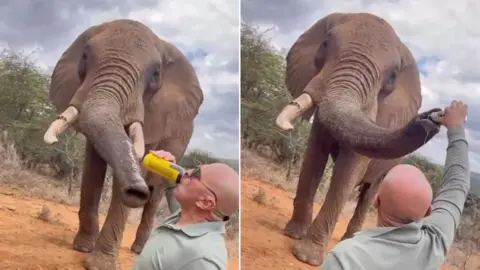In a groundbreaking initiative to restore its waterways, Oklahoma has become a model for environmental remediation, achieving remarkable results in stream cleanliness. The secret? A straightforward approach involving fencing cattle away from streams to prevent pollution.
Grant Victor, a farmer in northeast Oklahoma, took action in 2016 by creating a protective barrier around Horse Creek, which runs through his family's pastures. The creek, significantly impacted by decades of cattle traffic that left its banks muddy and polluted, is now flourishing following this change. Victor's decision encompassed the difficult choice of restricting cattle access to 220 acres of land, but the benefits quickly became evident.
With the installation of a riparian buffer and provision of clean drinking water, the water quality in Horse Creek has improved dramatically. Today, the creek is no longer among the state's most contaminated waterways. Victor noticed a marked decrease in his veterinary expenses and the return of local wildlife—signs of a healthier ecosystem.
Oklahoma's efforts are paying off, with approximately 100 streams previously deemed polluted now restored to health. This initiative set the state apart, as they have successfully rehabilitated more waterways than any other state, according to data from the Environmental Protection Agency (EPA).
The fencing solutions being implemented by farmers across the state are part of a broader series dubbed "50 States, 50 Fixes," showcasing local responses to environmental challenges. As Oklahoma paves the way, its practical solutions highlight the significant impact of simple changes in agricultural practices on environmental health.





















